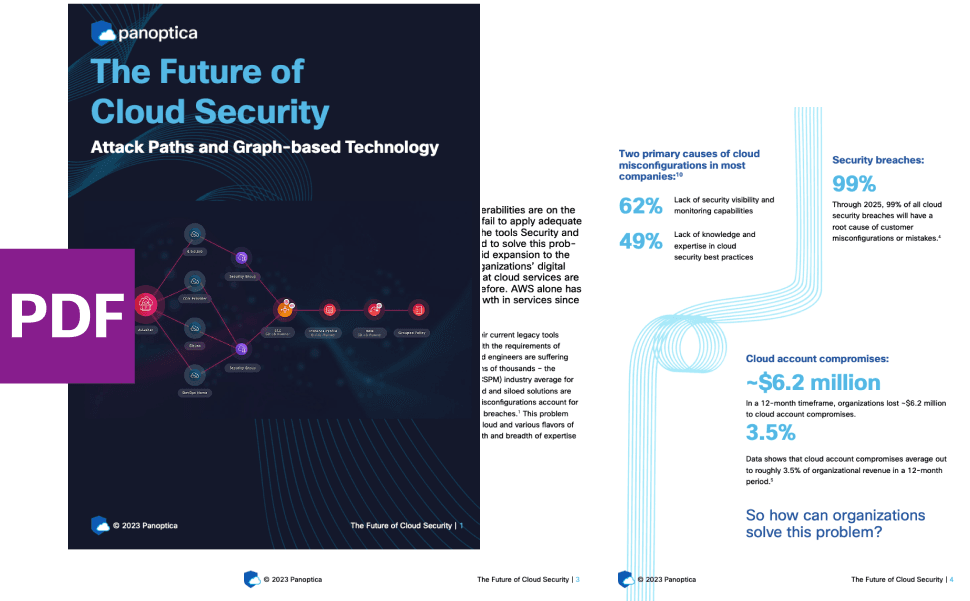Published on 00/00/0000
Last updated on 00/00/0000
Published on 00/00/0000
Last updated on 00/00/0000
Share
Share
STRATEGY & INSIGHTS
4 min read

Share
There are existing tools today to observe, secure and control synchronous inter-service communication in a cloud native environment. One of the most popular solutions is the service mesh, which moves the cross-cutting concerns to a dedicated infrastructure layer.
There are also solutions to handle asynchronous communication between microservices for high-performance data pipelines, streaming analytics, and mission-critical applications.
Application development teams usually start with synchronous communication between their microservices, but then over time they need to move to asynchronous communication patterns as well to be able to scale. How is it possible to support both of these communication patterns today in a reasonable and scalable way?
The reality nowadays is that the complexity and domain knowledge required to operate either a service mesh or an event streaming solution is fairly high. When an organization needs to handle both synchronous and asynchronous traffic, they need to either learn a solution for both or use already existing distinct products. The issue is that the products to assist for sync and async communication needs are very different and not integrated well.
There is a need for more consistent solutions to observe, secure, and manage both synchronous and asynchronous traffic flows as well.
We are excited to announce Calisti 1.11 with observability, security, and management capabilities for both synchronous and asynchronous inter-service connectivity.
Calisti is built on the solid foundations of:
We did not want to reinvent the wheel. Instead, we used the most credible solutions for solving sync and async communication needs and integrated them into a cohesive, user-friendly and well-supported product.
For the full list of changes in Calisti 1.11, see the Calisti 1.11 release notes.
Calisti is built up by two main components:

In Calisti, you can install, upgrade and manage Istio and Kafka in a user-friendly way, but Calisti provides much more than that. You can observe, secure, and control the communication of your microservice-based applications from an intuitive UI as well.
Here is one visible example of the integration. The Kafka services and workloads - which were installed by Streaming Data Manager - shown on the Service Mesh Manager's topology view:

The following features also showcase the synergies for Kafka and Istio in Calisti:
GitOps is becoming a standard operational practice for modern applications, and we wanted to provide better support for that to our users.
Calisti now has support for single-cluster GitOps based installations and for multi-cluster based ones as well

In addition to installing Calisti with Argo CD (or your preferred GitOps tool), upgrading is also seamless, which is usually a pain for every infrastructure team. The most notable capability is that GitOps-based upgrade is supported by Calisti even for the fully-automated multi-cluster Istio topologies.


Get emerging insights on emerging technology straight to your inbox.
Outshift is leading the way in building an open, interoperable, agent-first, quantum-safe infrastructure for the future of artificial intelligence.

* No email required

The Shift is Outshift’s exclusive newsletter.
Get the latest news and updates on generative AI, quantum computing, and other groundbreaking innovations shaping the future of technology.
